Chapter 20
World War I: 1914–1919
By Boundless
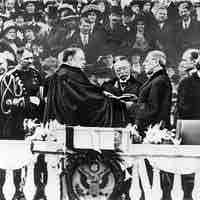
During his presidency (1913–1921), Wilson passed a Progressive Democratic legislative agenda and played a major role in World War I.
Wilson continued the U.S. policy of intervening in the affairs of Latin American nations, including Cuba, Haiti, the Dominican Republic, Panama, and Nicaragua, as well as in Mexico.

Conflict began when a Serb nationalist assassinated the Austro-Hungarian archduke; war quickly spread across Europe and affected the world.
Incumbent Democratic President Wilson narrowly defeated Republican Supreme Court Justice Hughes in the 1916 election.
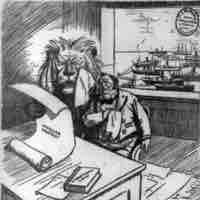
Although World War I began in Europe in 1914, the U.S. pursued a policy of neutrality until 1917.
By 1916, American neutrality was giving way to self-interest and nationalism, with peace efforts failing as fear of Germany grew.

The U.S. mobilized its home front in WWI, resulting in bureaucratic confusion but also expansion of the wartime economy and women in the workforce.
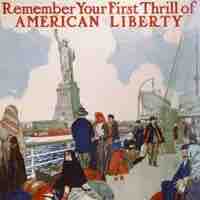
War propaganda campaigns by the Creel Committee and Hollywood influenced American views on World War I.
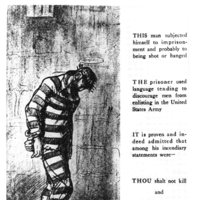
Congress used the Espionage and Sedition Acts to stamp out war opposition by curbing civil liberties.
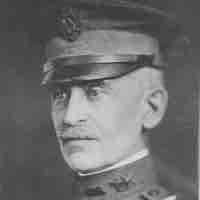
President Wilson instituted a draft to catch up to larger European military forces, resulting in the American Expeditionary Force.
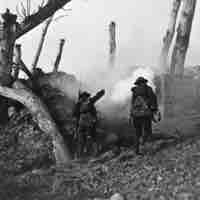
The Western Front in Europe opened with a German invasion and continued through four years of bloody combat in World War I.

The American Expeditionary Forces (AEF) served alongside the French and British armies on the Western Front.

Old-Stock Americans and Irish-Americans opposed U.S. entry into World War I, but Wilson made appeals to gain their support.
The Progressive Movement influenced U.S. policy in World War I through its ideals of morality, efficiency and democracy.
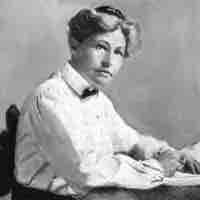
The outbreak of war in 1914 led to the "Americanization" campaign aimed at millions of immigrants to the U.S.
Anti-German hysteria in the U.S. during World War I led to restrictions on speaking German and internment.
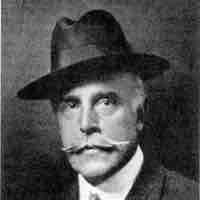
Nativists campaigned for immigration restrictions from 1890-1920, proposing measures such as literacy tests and quotas.
The early 1900s marked the low point in 20th-century race relations between white Americans and African Americans.
Enacted between 1876 and 1965, Jim Crow laws formalized racial segregation in the Southern States, systematizing a number of economic, educational, and social disadvantages for African Americans.
Theodore Roosevelt's treatment of the Brownsville Affair, in which 167 African American soldiers were wrongfully discharged from the Army, caused the black community to turn away from the Republic president they had once supported.
Despite promises made to black voters during the election of 1912, Woodrow Wilson gave into the demands of white Southern Democrats, fired a number of black Republican politicians, and supported racial segregation.
Woodrow Wilson's policy of military segregation led to conflict, rioting, and the brutal sentencing of the all-black Twenty-Fourth U.S. Infantry Regiment.
Marcus Garvey, a prominent Jamaican, led a Back-to-Africa movement that promoted the return of the African diaspora to their ancestral lands.
Germany surrendered in November 1918 after its war alliance collapsed, ending World War I in a reshaped and devastated Europe.
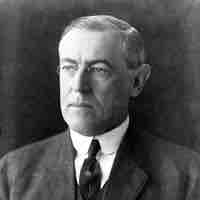
The Fourteen Points was a speech by Woodrow Wilson in January 1918 outlining the aims of the Great War that became the blueprint for postwar peace negotiations.
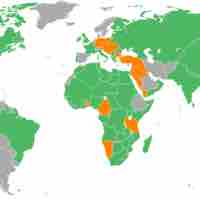
The Paris Peace Conference determined the terms of peace after World War I between the victorious Allies and defeated Central Powers.
The League of Nations, created by the Treaty of Versailles following World War I, was an organization formed to promote diplomacy and preserve world peace.
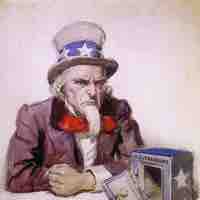
After World War I, the U.S. faced hard economic times and problems over labor, race and reintegration of veterans.
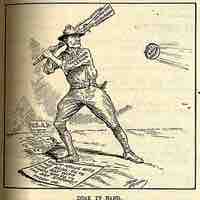
Postwar patriotism and fears of communism after the Russian Revolution produced the Red Scare in the U.S. in 1919-1920.

In the late 19th and early 20th centuries, the Mexican population in the U.S. grew and African-Americans migrated to the North.
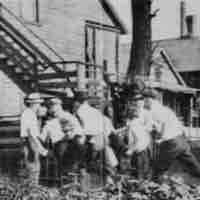
Numerous examples of postwar racial friction sparked by Nativism and the Great Migration reached a peak in the 1919 Red Summer.

The Spanish Flu of 1918 was a global influenza pandemic that killed millions more people than the Great War.